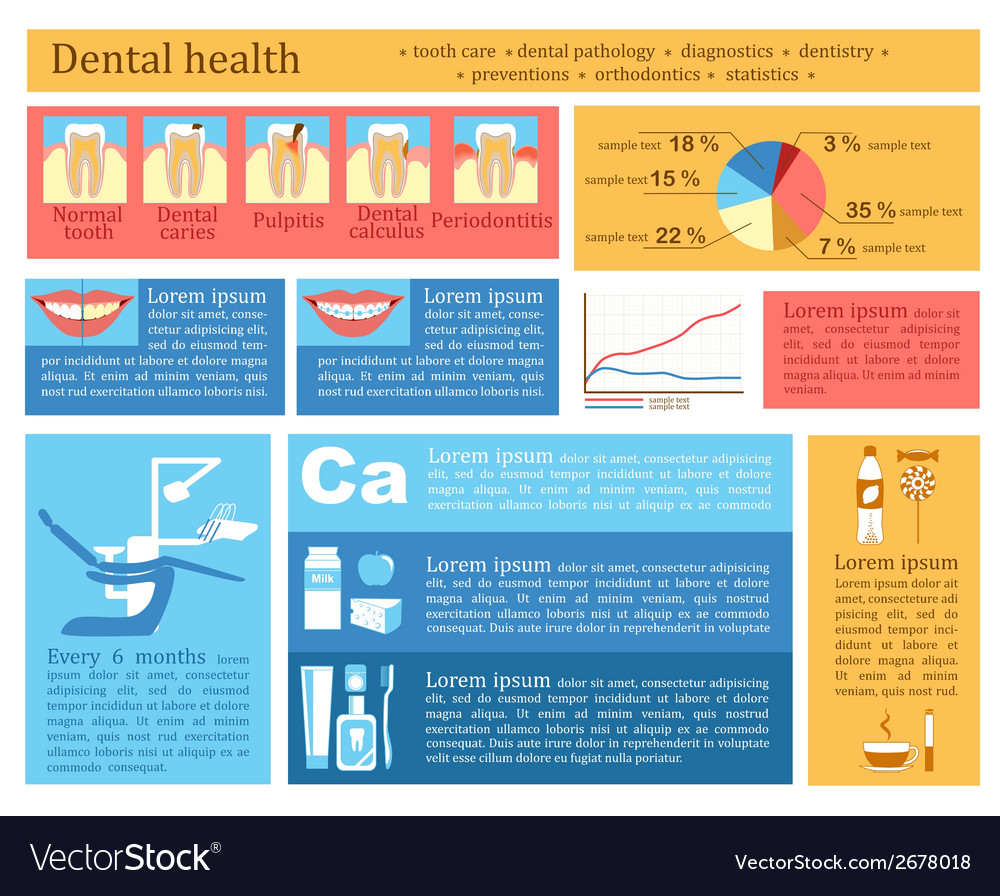The Next Era Of Oral Surgery: Innovation Innovations And Developments Improving The Specialty
The Next Era Of Oral Surgery: Innovation Innovations And Developments Improving The Specialty
Blog Article
Short Article Author-Foldager Maloney
Invite to the world of dental surgery, where innovations and breakthroughs are shaping the future of the area! In this amazing world, you'll witness the transformative power of robotics, the cutting-edge wonder of 3D printing, and the game-changing impact of minimally intrusive techniques.
The future of dental surgery holds an assurance of precision, performance, and boosted patient results. With the help of sophisticated robotics, doctors have the ability to do intricate treatments with better precision and control.
3D printing innovation is reinventing the development of oral implants and prosthetics, using personalized options that fit effortlessly right into each person's distinct makeup.
Additionally, minimally invasive strategies are reducing post-operative discomfort and healing time, permitting patients to go back to their every day lives quicker.
Prepare to check out the exciting innovations and developments that are improving the landscape of dental surgery!
Innovations in Robotics
One significant development in dental surgery is the use of robotic technology, which allows for specific and efficient surgeries. With https://www.healthline.com/health/implant-vs-bridge of robot systems, dental doctors have the capability to execute complicated surgical treatments with enhanced accuracy, lessening the danger of human error.
These robot systems are furnished with advanced imaging innovation and exact tools that make it possible for specialists to browse via complex physiological frameworks effortlessly. By making use of robotic modern technology, surgeons can achieve better surgical precision, causing improved client end results and faster recuperation times.
Furthermore, https://howmuchdooralsurgeonsmake97621.onzeblog.com/33035063/kids-and-preventative-dentistry-what-parents-ought-to-know of robotics in dental surgery allows for minimally invasive procedures, minimizing the injury to surrounding cells and promoting faster recovery.
3D Printing in Oral Surgery
To boost the area of dental surgery, you can explore the subtopic of 3D printing in dental surgery. This cutting-edge innovation has the possible to change the means oral surgeons run and deal with people. Below are 4 essential methods which 3D printing is shaping the field:
- ** Personalized Surgical Guides **: 3D printing allows for the development of very accurate and patient-specific surgical guides, enhancing the accuracy and performance of treatments.
- ** Implant Prosthetics **: With 3D printing, dental surgeons can produce tailored implant prosthetics that completely fit a patient's special composition, leading to much better end results and individual fulfillment.
- ** Bone Grafting **: 3D printing makes get redirected here for the production of patient-specific bone grafts, minimizing the need for standard implanting techniques and boosting recovery and recuperation time.
- ** dentistry austin texas and learning and Training **: 3D printing can be used to develop sensible medical models for educational purposes, enabling oral cosmetic surgeons to exercise complicated procedures prior to doing them on individuals.
With its potential to enhance accuracy, modification, and training, 3D printing is an exciting development in the field of dental surgery.
Minimally Invasive Strategies
To even more advance the area of oral surgery, embrace the possibility of minimally invasive techniques that can significantly profit both doctors and individuals alike.
Minimally invasive methods are reinventing the field by decreasing surgical injury, lessening post-operative discomfort, and increasing the healing procedure. These techniques entail utilizing smaller sized cuts and specialized instruments to perform procedures with precision and performance.
By making use of advanced imaging technology, such as cone light beam calculated tomography (CBCT), surgeons can properly plan and carry out surgeries with marginal invasiveness.
In addition, the use of lasers in oral surgery allows for exact cells cutting and coagulation, resulting in minimized blood loss and reduced healing time.
With minimally invasive techniques, clients can experience faster healing, reduced scarring, and boosted end results, making it a necessary aspect of the future of dental surgery.
Verdict
So, as you can see, the future of dental surgery is unbelievably encouraging, with amazing developments and advancements shaping the field.
From the developments in robotics to using 3D printing and minimally invasive strategies, dental cosmetic surgeons are reinventing the way they offer treatment.
While some may worry about the prospective expense related to these improvements, it is necessary to keep in mind that these technologies inevitably enhance patient results and decrease healing time, making them well worth the investment in the long run.
